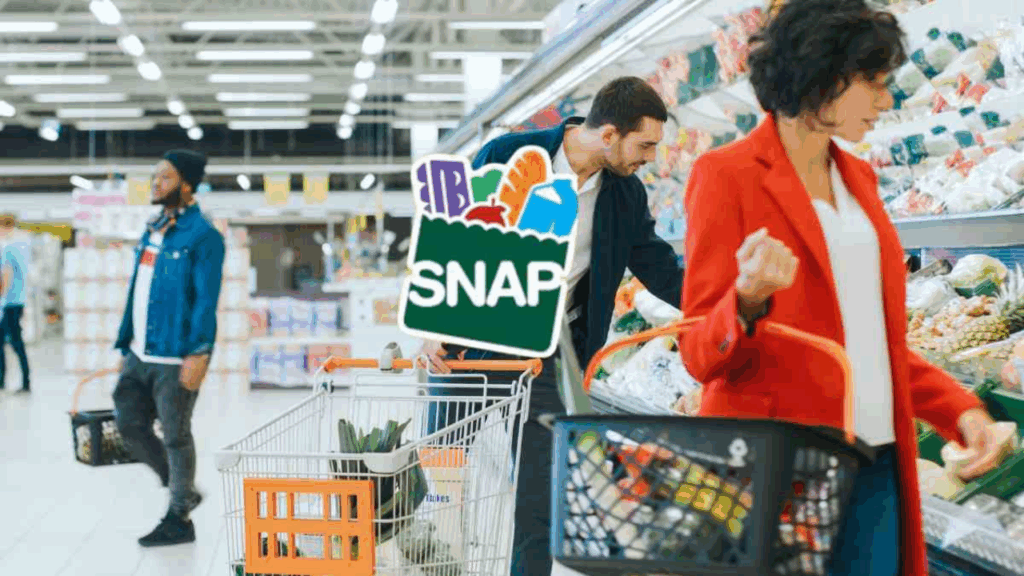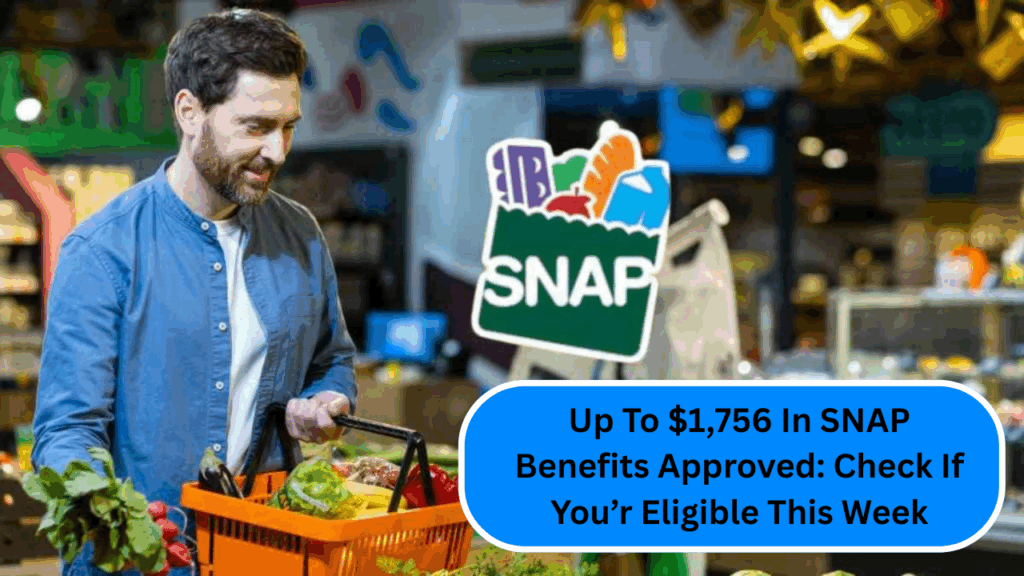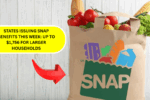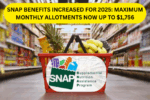Millions of Americans are receiving their Supplemental Nutrition Assistance Program (SNAP) benefits this week, with some households eligible for up to $1,756 in assistance. This wave of benefits comes as part of the May 2025 distribution, which continues through May 28. For many households, this financial relief will help cover the increasing costs of groceries, especially as inflation continues to strain household budgets across the country.
Maximum SNAP Benefit Amounts
The May 2025 SNAP payments reflect a 2.5% increase from the previous year, in line with the federal cost-of-living adjustments. These amounts are based on household size, with larger families receiving higher benefit amounts. Here’s a breakdown of the maximum monthly SNAP benefit amounts for households in the 48 contiguous states and the District of Columbia:
- 1 person: $292
- 2 people: $536
- 3 people: $768
- 4 people: $975
- 5 people: $1,158
- 6 people: $1,390
- 7 people: $1,536
- 8 people: $1,756
- Each additional person: Approximately $220
States Distributing SNAP Benefits
In May 2025, several states are issuing SNAP benefits for eligible households. The distribution process varies depending on the state and is based on factors like the household’s case number. For this week, the following states are processing SNAP payments:
- Alabama: May 17–23
- Georgia: May 17–23
- Indiana: May 17–23
- Maryland: May 17–23
- Mississippi: May 17–21
- Missouri: May 17–22
- Texas: May 17–28
- Florida: May 17–28
- Michigan: May 17–21
- Ohio: May 17–20
- North Carolina: May 17–21
- South Carolina: May 17–19
- Tennessee: May 17–20
Recipients should refer to their respective state’s SNAP website to determine the exact distribution dates based on their case number or other identifying information. For more information on state-specific dates and requirements, visit GovInfo’s SNAP page.

Who Is Eligible for SNAP?
Eligibility for SNAP benefits is determined by a number of factors, including household size, income, and resources. To qualify, households must meet specific income thresholds. Generally, households must have a gross monthly income at or below 130% of the federal poverty level, and a net income at or below 100% of the poverty level.
Additionally, households must have resources under $2,750, or $4,250 if at least one household member is elderly or disabled. Resources include things like savings accounts, retirement funds, and cash.
How to Apply for SNAP Benefits
To apply for SNAP, households need to submit an application to their local state agency. This process generally includes providing proof of identity, income, and expenses. Some states may require an interview as part of the application process.
The application process may vary slightly from state to state, but generally, applicants will need to provide the following:
- Proof of identity (e.g., a government-issued ID)
- Proof of income (e.g., pay stubs, tax returns)
- Proof of expenses (e.g., utility bills, rent or mortgage)
Applications can usually be completed online through state portals. For a comprehensive guide to the application proces.
Impact of SNAP Benefits
The SNAP program plays a critical role in reducing food insecurity across the country. According to the USDA, nearly 38 million people rely on SNAP benefits to help put food on the table each month. For many families, SNAP provides a crucial buffer against rising food prices, especially for those who are struggling to make ends meet.
During the pandemic, SNAP benefits were temporarily increased, helping to support families during the economic downturn. While those emergency increases have ended, the regular cost-of-living adjustments ensure that benefits keep pace with inflation.
Conclusion
For millions of Americans, this week’s SNAP benefits are a welcome financial boost as the cost of living continues to rise. The program’s increased benefit amounts and expanded eligibility provide much-needed relief to low-income families, helping to ensure they have access to nutritious food.
If you think you may be eligible for SNAP benefits, it’s worth checking your state’s SNAP office to begin the application process. With the ongoing increases in the cost of living, the assistance that SNAP provides remains an important lifeline for many.





